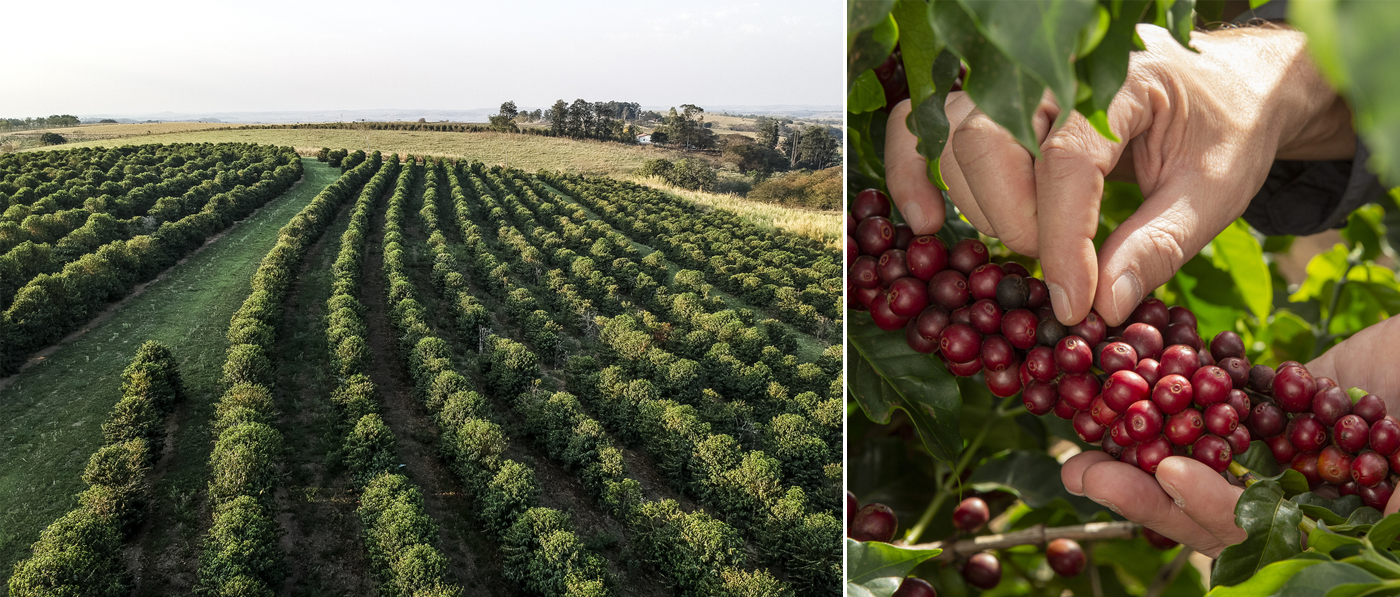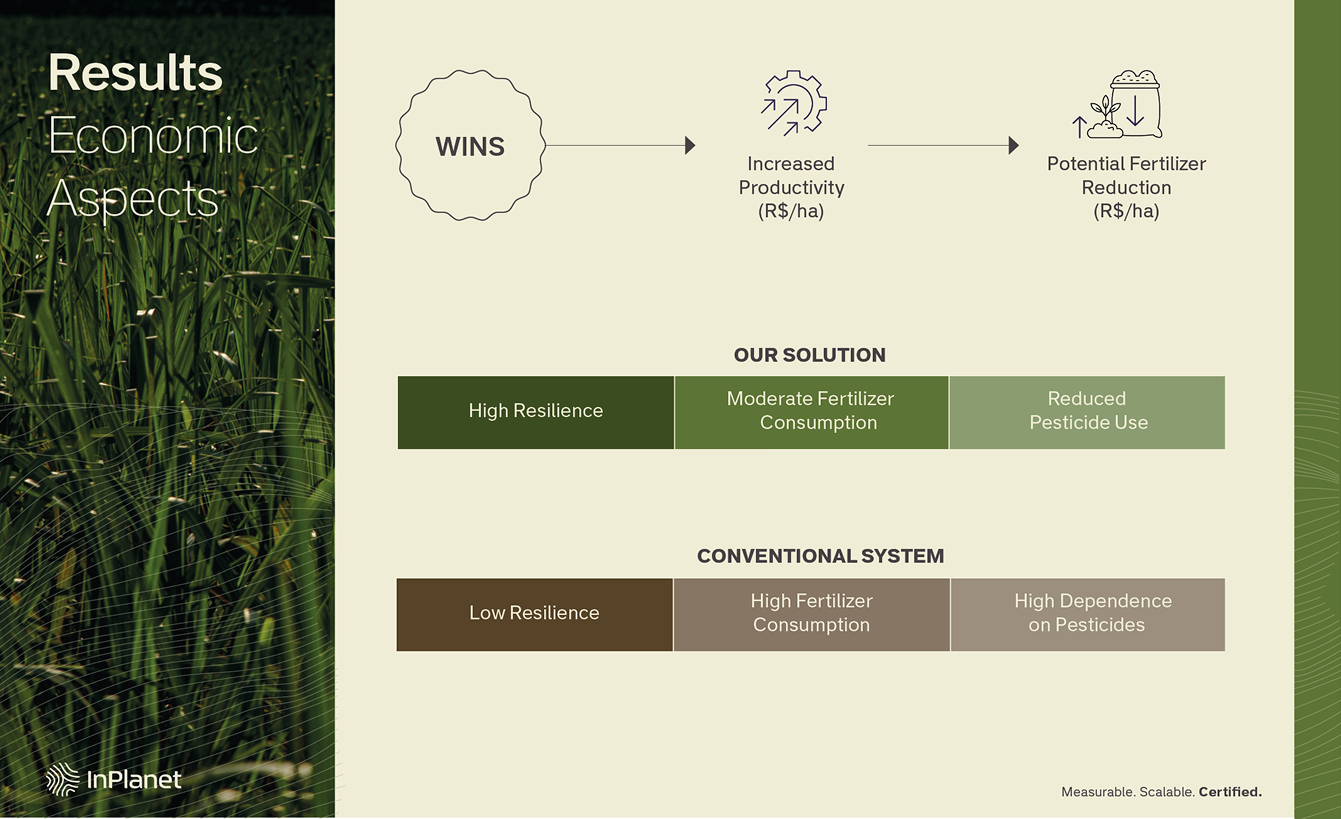Enhanced rock weathering (ERW) is an important part of regenerative agriculture. Together they not only can change the way we live for the better by capturing carbon but can transform farming by improving soil health while increasing yields. However, this is only possible if farmers embrace these practices. Winning farmer trust and demonstrating clear benefits is key to scaling ERW successfully and seeing more farmers scaling regenerative agriculture.
Farmers are directly responsible for implementing new methods on their land. Their willingness to adopt regenerative practices is crucial to the success of sustainability initiatives. Without their buy-in, even the best technologies and policies will fail to drive meaningful change, and thus the goal of farmers scaling regenerative agriculture will be harder to achieve. Dr. Philipp Swoboda, InPlanet’s Impact and Science Lead, shares:
“At the end of the day, besides many farmers sharing the vision and the aim to improve soil health, they have to survive. For them, the major metric is money per hectare.”
Understanding the challenges for widespread adoption of ERW
Despite the benefits, several challenges hinder the widespread adoption of regenerative agriculture. One of the biggest concerns is economic viability. Dr. Swoboda goes on to explain:
“Farmers are running businesses, not just growing crops. If switching to regenerative farming might mean some form of loss in the short term, many simply can’t afford to take the risk.”
To successfully scale regenerative agriculture, strategies must focus on financial viability, ease of implementation, and proven results. Farmers need to see clear economic benefits. InPlanet’s expert MRV Researcher, Dr. Mayra Maniero Rodrigues, highlights the importance of farmers scaling regenerative agriculture:
“In the 6% increase in the real scenario that we had, it’s looking good for the farmer and it’s looking good for several years.”

Dr. Maniero Rodrigues adds:
“We are the first to certify enhanced rock weathering carbon credits, the first ERW company to spread rock powder in Brazil, and the first to capture carbon for over 1,000 years this way. Innovation isn’t just our mission; it’s our reality. And that’s the message we bring to farmers, an opportunity to be part of this transformation.”
Evidence-based results: the agronomic case for enhanced rock weathering
Evidence-based results are essential to convincing farmers. Our first case study revealed an increase in plant available soil phosphorus and organic matter, proving the long-term value of regenerative practices. Dr. Maniero Rodrigues states:
“For phosphorus, the numbers are astonishing, and this is, economically-speaking, a big deal. Government subsidies, carbon credit programs, and partnerships with companies that support regenerative agriculture can help offset costs.”

Dr. Marcelo Brossi Santoro, InPlanet’s ERW Regional Manager, shares:
“Decreasing conventional fertilizers with regional rock powders reduces costs, avoids CO2 emissions, and decreases the dependency on imported fertilizers; a win-win-win situation. The potential is huge. However, we now have to find the best reduction potential and accurately account for the monetary and climatic benefits.”
Winning farmers over is crucial to scaling regenerative agriculture. With farmers scaling regenerative agriculture, by proving benefits, backing claims with data, providing support, and making the transition easier, we can create a system where sustainability and profitability are synonymous. Dr. Santoro shares:
“Farmers are open to change, but only if they see a clear path forward. Give them the tools, the knowledge, and the right incentives, and they’ll lead the way.”